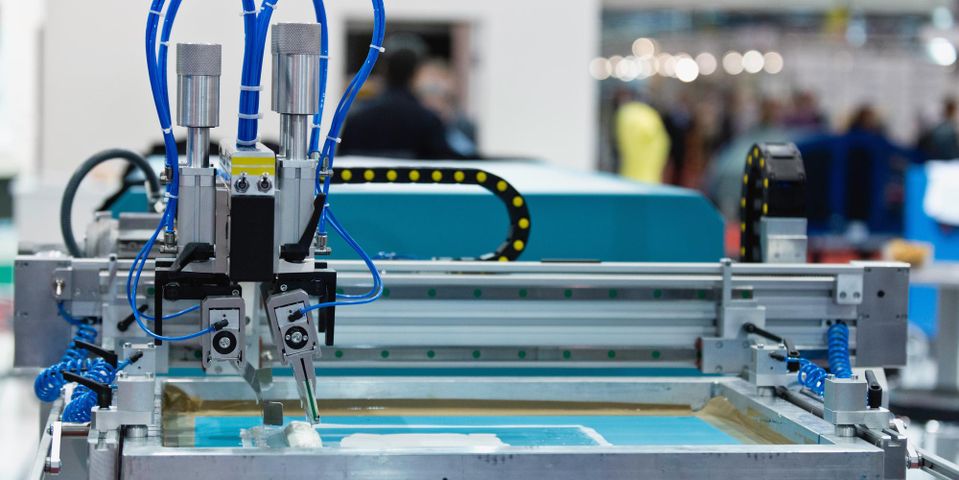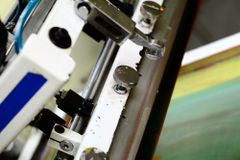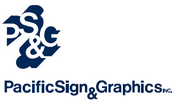Everything You Need to Know About Silk Screening

When you’re hoping to print a sign, one of the most popular methods you’ll hear about is called silk screening. The more you know about this sophisticated approach to printing, the clearer it’ll be whether it suits the needs of your advertisement or project. Here’s a closer look at silk screening.
What Is Silk Screening?
The foundations of silk screening date back hundreds or even thousands of years ago, when stenciling was first used in Asia. In this modern incarnation, a designer creates an image for a sign and then paints around that image. Then, fine inks are pressed through a silk screen. After the inks are passed, they leave their impression on the screen, which is ready to act as a stencil for future versions of the sign. Usually, the process includes a wood frame as a holding container, and screens made of silk, nylon, or cotton.
What Are Its Advantages?
 One of the biggest advantages of silk screening is that because it acts as a stencil, it’s easy to make many identical versions of the same sign, leaving you with high quality at a low price.
One of the biggest advantages of silk screening is that because it acts as a stencil, it’s easy to make many identical versions of the same sign, leaving you with high quality at a low price.
Additionally, there aren’t any limits to the ink colorings you can use in this process, such as just cyan-magenta-yellow-black, which allows for a more faithful rendering of the original shades you chose. The ink is thicker in silk screening, making it more discernible to the eye and more durable over time. Finally, once you have the stencil, you can print the sign on many different kinds of surfaces including wood and plastic.
If your company could benefit from silk screening, don’t hesitate to contact a reputable sign company like Pacific Sign & Graphics in Honolulu, HI. Printing signs since 1964, these professionals use cutting-edge techniques and high-quality materials to ensure you love your product. To go over the specs of a potential order, call (808) 848-1771. Learn more about the company by visiting their website.
About the Business
Have a question? Ask the experts!
Send your question

